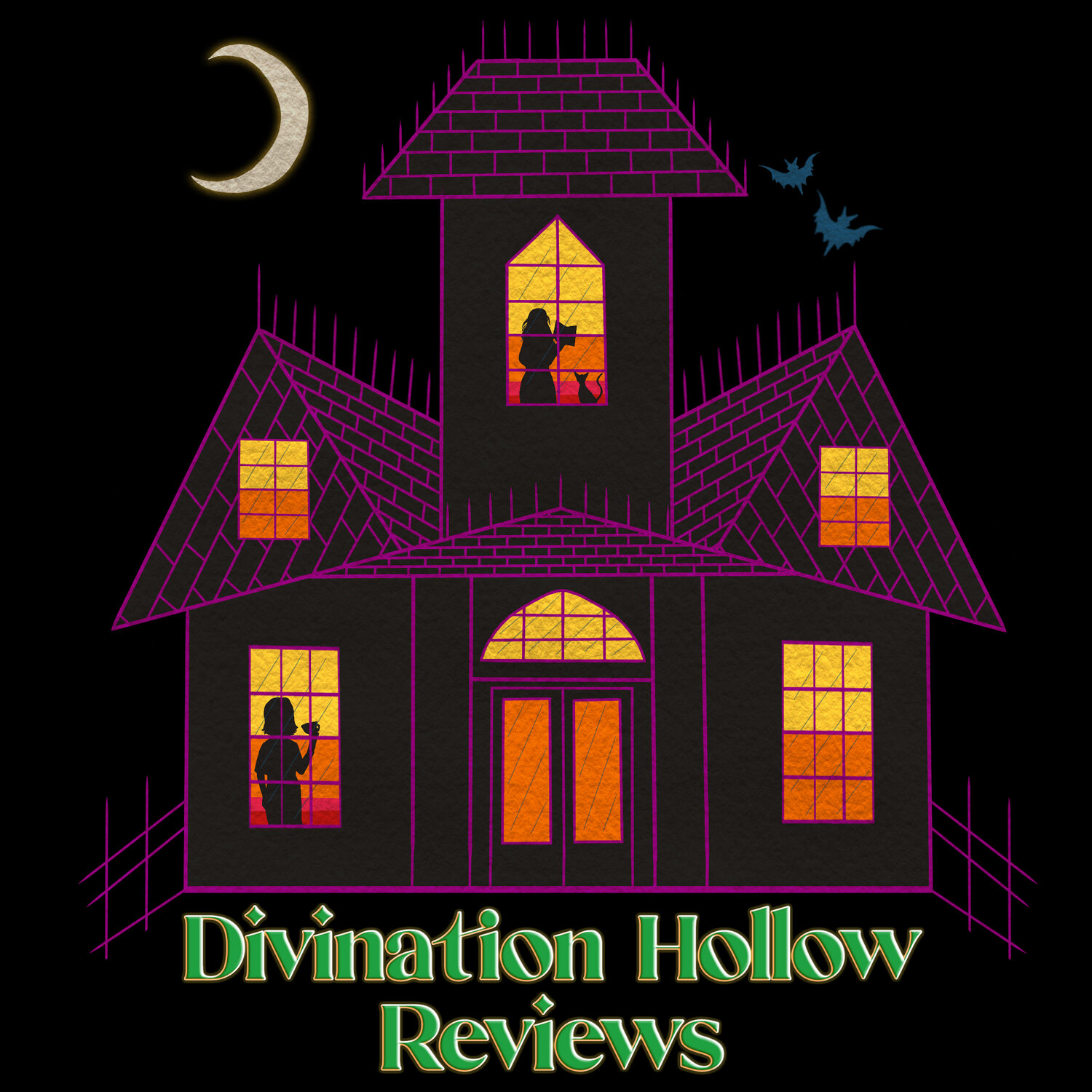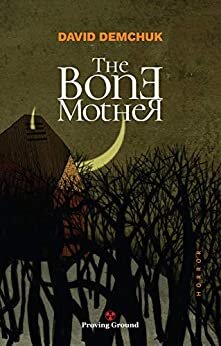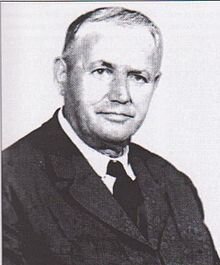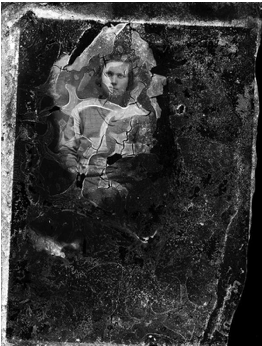Special Feature: The Horror Hoser’s “The Diaspora Folklore Horror of ‘The Bone Mother’”
The Diasporic Folklore Horror of The Bone Mother
David Demchuk’s The Bone Mother explores the very Canadian search for identity, using Horror as a telescope. Demchuk balances the modern and the old and ponders whether old ghosts (or creatures) still haunt us.
The Bone Mother jumps perspectives each chapter. Shorter chapters detail the experiences of Eastern Europeans living in “the old country”, where creatures from folklore live and are hunted by the Night Police. Longer chapters examine the lives of their descendants in North America. Demchuk implies a connection between the old and the new very subtly, with references to towns controlled by a thimble factory, or ties to particular gangs.
The shorter chapters about “the old country” were originally written as a series of monologues, as Demchuk has traditionally worked as a playwright. When he started putting The Bone Mother together, his publisher said the manuscript was too short, and thus, the longer, more modern chapters were added. But they certainly weren’t just shoe-horned in for extra page length. In fact, my favourite tale in the book, “Katerina”, is one of these later additions. “Katerina” follows the story of a woman going to visit her grandmother, somewhere in the woods near Winnipeg. The twist? Her grandmother was the Bone Mother, a creature I believe is a very interesting new take on the Baba Yaga story, one of my favourite creatures from Eastern-European folklore.
In many of the tales of the modern experience, old world folklore is brought to the “new” environment of North America, like a physical personification of past trauma. Demchuk has managed to use folklore to illustrate intergenerational trauma in such a way that seeps under your skin instead of beating you over the head. And by the end of the novel, you know those old ghosts can still haunt us. Demchuk expresses this sentimentality when he says, “I look back now and realize: our family lived in fear. My parents, my grandparents, they came to this new land and brought their fears with them, and it underscored everything.”
The use of the Eastern European immigrant experience, while not solely Canadian, is a fixture in our historical landscape. Most Eastern Europeans immigrating to Canada in the 19th and early 20th centuries were forced into the prairies, considered not white enough for many opportunities in eastern centres in Ontario or Quebec. While the Canadian government needed these immigrants to “settle” the prairies to establish the government’s claims over these lands, they were also heavily socially policed. Many of their names were changed upon arrival to Canada for sounding too Slavic, or Russian, or Red (my ancestors included). And so, large communities formed of these new Canadians, especially in cities like Winnipeg (Demchuk’s hometown), where the pull and push of the old and the new created multi-generational identity crises.
Now, enough with the History lesson. In terms of the gore us Horror hounds love, Demchuk uses it sparingly. But when he goes there, does he ever go there:
“…every time strange fingers and instruments entered his body to construct a new way to shit.”
I’m a Horror writer and reader, and that bit made me squirm.
The Bone Mother has the distinction of being the first Horror novel nominated for the Giller Prize, which is about as prestigious as Literary awards get in Canada. Usually the nominee list is filled with “Literary” works, and to see a true piece of Horror fiction on there gives the rest of us Carnage-loving Canuck-writers hope.
I could talk about the stories in this book all day, but I’d be remised if I left out the unnervingly beautiful photographs used throughout. Each chapter features a photograph by
Costica Ascinte, a Romanian photographer. The photographs immediately pull you into the story and make you picture Demchuk’s characters in a much more visceral and creepy manner than if he hadn’t included these.
The way in which Demchuk uses established folklore and his own creations (which Demchuk calls Fictional Folklore) makes The Bone Mother a truly unique book, and I can’t believe it flew under my radar for so long.
Rating: 5 out of 5 Sentient Spinal Tumours
Physical Copy: https://www.daviddemchuk.com/store/the-bone-mother-second-edition
E-book: https://www.amazon.ca/Bone-Mother-David-Demchuk-ebook/dp/B087DW5ZV5/
Review by Ian A. Bain
Twitter: @bainwrites
Website: ianabain.wordpress.com
I received a digital copy from the author for review consideration.






